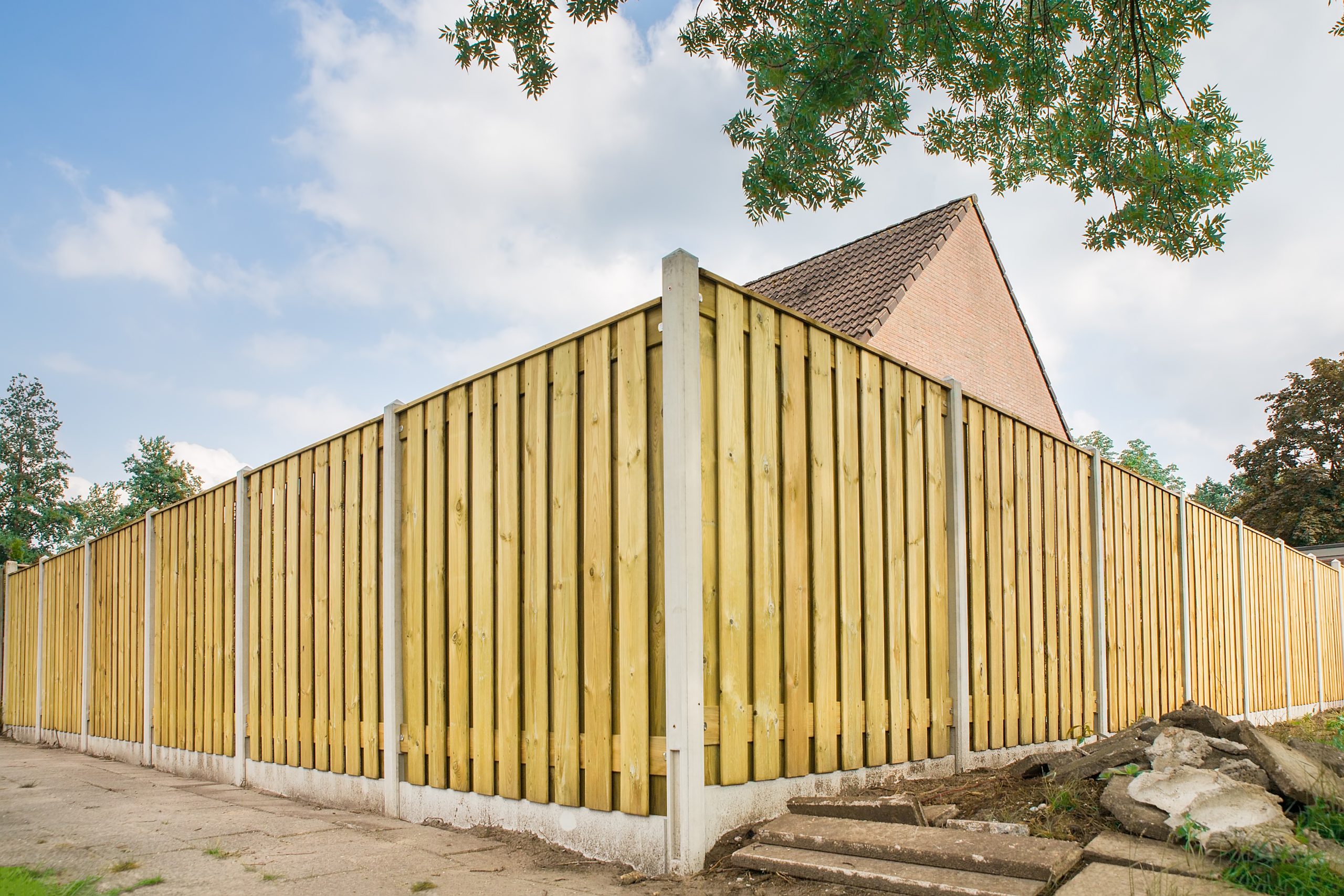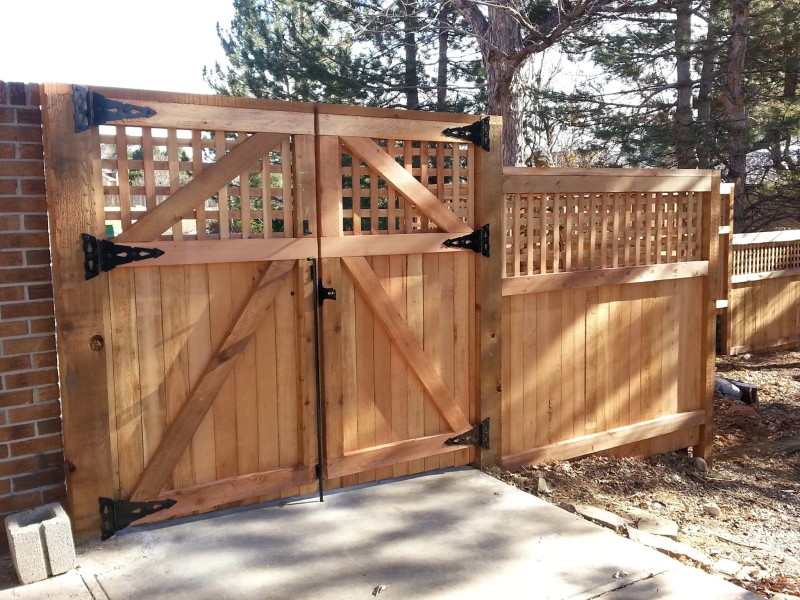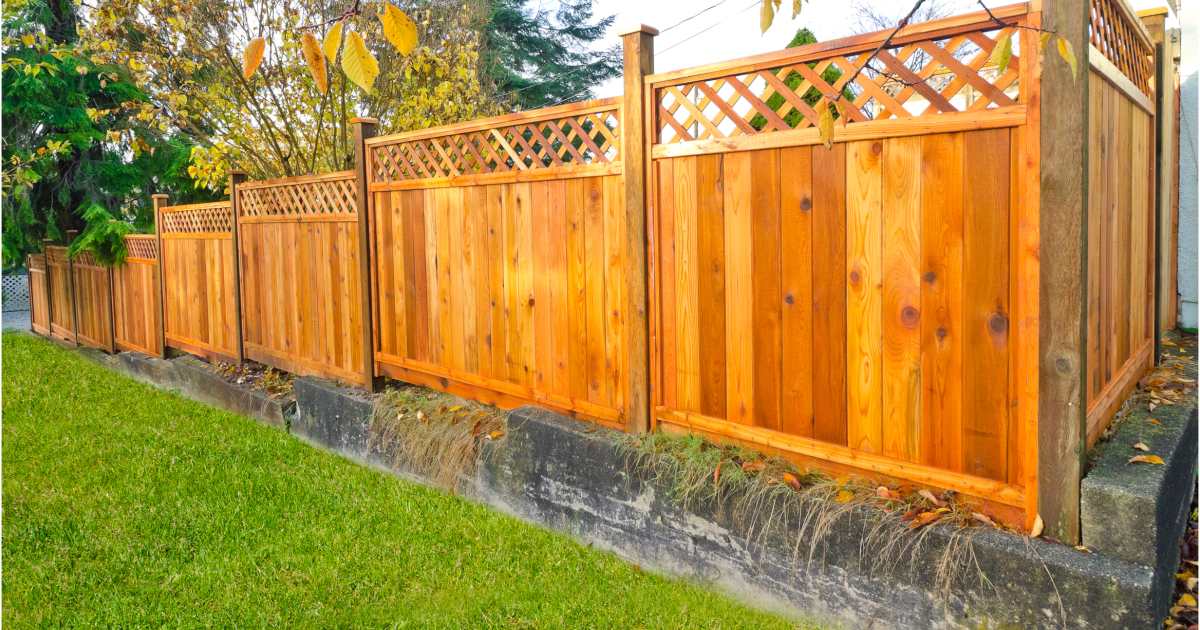Featured

Whether it's solid winds, rainfall, snow, or extreme warm, weather condition problems can progressively damage your fencing, leading to costly fixings or replacement. There are several actions you can take to secure your fence from weather-related damage and prolong its life expectancy.
- Select the Right Material. The sort of product your fencing is made from plays a substantial role in how well it will hold up against climate condition. Some materials are normally a lot more resistant to damage than others. For instance:
Wood Fencings: While traditional and attractive, wood can be prone to dampness, rot, and bugs. Nonetheless, pressure-treated timber or cedar can supply better resistance to these issues. Plastic Fences: Plastic is very resistant to wetness, rot, and parasites. It likewise stands up well to extreme sunlight and heavy rain. Steel Fencings: Wrought iron or light weight aluminum fences are durable and can withstand a range of climate conditions. They can, however, experience corrosion gradually, specifically otherwise appropriately covered. Composite Fences: Made from a mixture of wood fibers and plastic, composite fencings are extra resistant to weather-related damage compared to standard wood fences. Picking the best product for your region's climate is the very first step in shielding your fence from weather condition damage.
- Seal or Spot Wooden Fences. Wooden fencings are specifically vulnerable to harm from wetness, UV rays, and temperature changes. Among the most efficient methods to safeguard your wood fencing is by using a safety sealant or discolor. These products help:
Prevent Water Damage: Sealants produce a waterproof obstacle, preventing dampness from leaking into the wood and creating rot, mold and mildew, or mildew. Shield Versus UV Damage: A good discolor or sealer will certainly likewise block dangerous UV rays from the sunlight, which can create wood to dry out, crack, and stain with time. Maintain the Fencing's Appearance: Normal discoloration aids maintain the natural beauty of the timber and prolongs its life-span. It's recommended to reapply the tarnish or sealant every 1-- 2 years to keep your fencing in excellent condition.
- Mount an Obstacle for Wind Security. Strong winds can trigger significant damage to your fencing, particularly if it is high or weak. Wind can bend or damage wood panels, loosen fence posts, or perhaps create the entire fence to collapse. Mounting a windbreak-- such as planting hedges, hedges, or installing a mesh barrier-- can help shield your fencing from high winds.
Furthermore, you can reinforce the blog posts with concrete or metal dental braces to supply extra security and protect against changing or leaning.
- Trim Overhanging Branches. Falling branches can break panels or harm the fencing messages, leading to expensive repair work. Maintaining the branches cut back reduces the risk of branches damaging off and triggering damages to the fencing.
- Regular Inspections and Maintenance. Executing routine maintenance and examinations is key to catching possible troubles prior to they escalate. After a heavy storm, inspect your fence for any signs of damages, such as loosened panels, leaning blog posts, or broken areas. Dealing with little issues prior to they end up being bigger ones can aid extend the life of your fence.
Additionally, cleaning your fencing regularly to eliminate debris, mold, or dust can help protect its look and stability. For wood fences, delicately stress clean the surface to remove built-up crud, and for vinyl fences, use a light detergent to clean any kind of spots.

- Ensure Appropriate Drainage. Water damage is just one of the most usual weather-related concerns that affect fencings. Poor drain can result in standing water around your fencing blog posts, which can trigger the articles to rot or deteriorate over time. To avoid this, ensure the ground around your fencing inclines far from the articles. You may additionally desire to install drain solutions such as French drains or crushed rock at the base of the posts to stop water from merging.
- Apply a Protective Covering to Metal Fencings. Steel fences, such as those made of iron or steel, are very sturdy but can be vulnerable to corrosion if not correctly maintained. Applying a safety coating or paint that is especially created for metal can assist protect against corrosion and rust. Make sure to check the fence occasionally for any indicators of corrosion, and address it right away by sanding and painting the influenced areas.

Conclusion. Your fence is an important investment, and shielding it from weather-related damage will certainly help make sure that it remains to serve its objective for many years to find. By selecting the appropriate products, consistently maintaining your fencing, and taking steps to shield it from the components, you can reduce weather-related damages and extend its lifespan. Whether you're managing strong winds, hefty rainfall, or the rough sunlight, these easy actions can go a lengthy means in maintaining the problem and look of your fencing, conserving you time and cash in the long run.
Latest Posts
Elegant Comfort Starts from the Ground Up
Published Apr 21, 25
1 min read
Specials & Discounts: Enjoy Deals on Quality Auto Care at Montclare Auto Repair
Published Apr 21, 25
2 min read
Exploring Quality with A-Abel Roof covering's Gallery
Published Apr 21, 25
1 min read